Times Change, So Must You To Some Degree
By the time this article is released, things will have changed in society, for better or for worse. I seriously doubt anyone predicted what is going on in society worldwide. I have been on planet Earth over a half a century and have never seen anything like this! The COVID-19 restrictions on gatherings, the emotions, and literally the panic that people are experiencing is unprecedented. While everyone has their opinion on the seriousness of the issue to them or to their health, the impact on their current lifestyle is undeniable.
For Better or For Worse – Your Perspective
The old analogy “Is your glass half empty or half full?” is good for this issue. Interestingly, people will vary in their opinions on this, depending on the issue and circumstances surrounding the issue. Sure, some people will see the bright side of life in most circumstances, and others seem to be the Darth Vader of life, and go to dark side. Given enough time and bad or good circumstances, or given the proper intervention, most people can shift perspectives.
The Human Side and Technology
I am currently a teacher in colleges and universities. My various schools have shifted their level of isolation from one to three times! It started off as a delayed move to the online environment, then to lab classes (which I teach) meeting but not lectures, to then all classes are online. Things shifted because circumstances did. I enjoy teaching face to face or “on ground” as it is labelled. This is the human side of me. I like seeing faces, making people laugh, making people think and answer my questions. I like finding out about them and then letting them know something about me. Could this be done in an “online” environment? Yes and no.
By using the conference applications, I can see my student’s faces and they can see mine. They hear my voice and I can have them ask questions and so forth. But their presence, their energy is not in front me, and their separate environment creates a gap that can’t be erased. As fitness professionals, be it with groups or individuals, I know you understand what I speak of. The ability to “tap into” another’s psyche and see them interact to you and you to them is golden, it’s magical, it’s what our humanity is all about!

I have learned new skills, worked with colleagues during this time of desperation on a common solution, and had time with my family I would not have had. Interestingly, I have enjoyed what this horrific event has presented in my life. I am a Hurricane Katrina evacuee. I lived in New Orleans during it and it flipped my life 180 degrees, to say the least. I now live in Southern California, got married and started a family and many, many other things presented themselves because of this event.
We need to be able to learn from these “life-changing events”, grow and see the benefits of them. We need to learn new skillsets to be able to adapt and remember to embrace humanity in the midst of the trauma. People need us and we need people. Be a trainer who engages people with technology and with humanity.
Dr. Mark P. Kelly has been involved with the health and fitness field for more than 30 years. He has been a research scientist for universities and many infomercial projects. He has spoken nationally and internationally on a wide variety of topics and currently speaks on the use of exercise for clinical purposes and exercise’s impact on the brain. Mark is a teacher in colleges and universities in Orange County, CA., where Principle-Centered Health- Corporate Wellness & Safety operates.



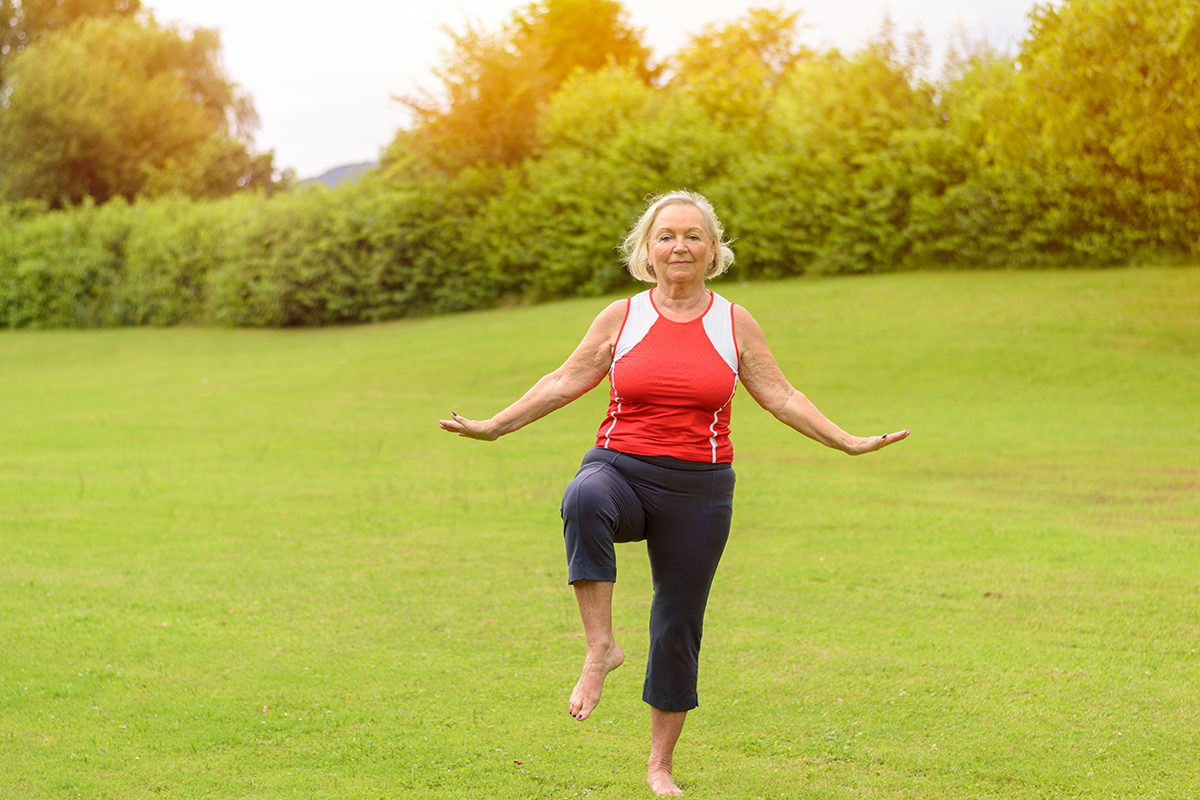
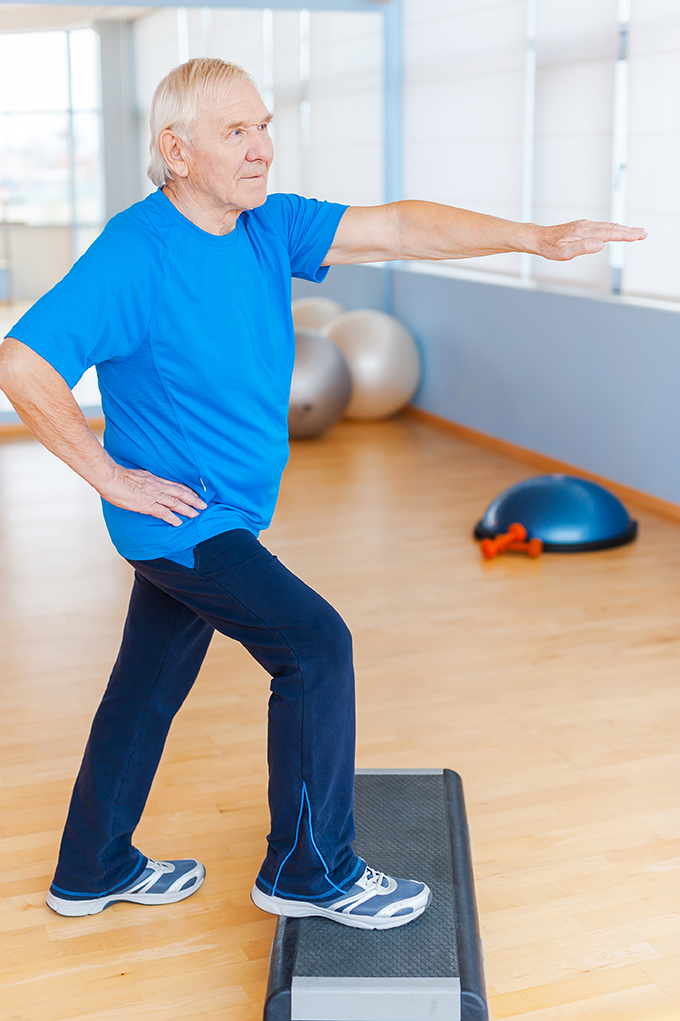 Physical balance is complex and can change daily. Many clients will refer to how long they can stand on one leg when asked about balance issues, but how useful is this as a measure of their postural control or their risk of falling?
Physical balance is complex and can change daily. Many clients will refer to how long they can stand on one leg when asked about balance issues, but how useful is this as a measure of their postural control or their risk of falling?

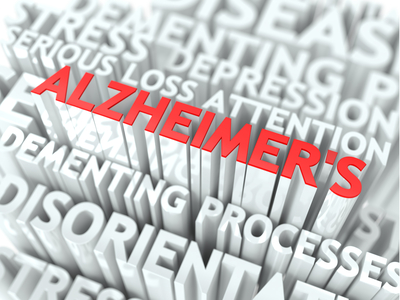
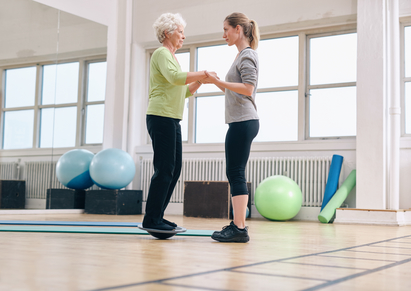
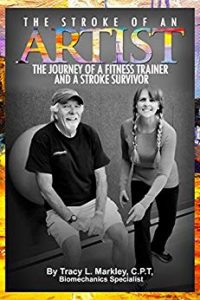 I have been asked by stroke survivors and caregivers worldwide for help. After I published my first book in 2017,
I have been asked by stroke survivors and caregivers worldwide for help. After I published my first book in 2017, 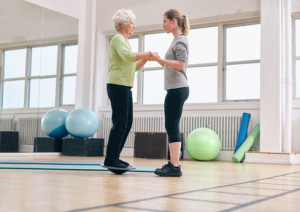 So, to all fitness professionals and therapists…
So, to all fitness professionals and therapists…

